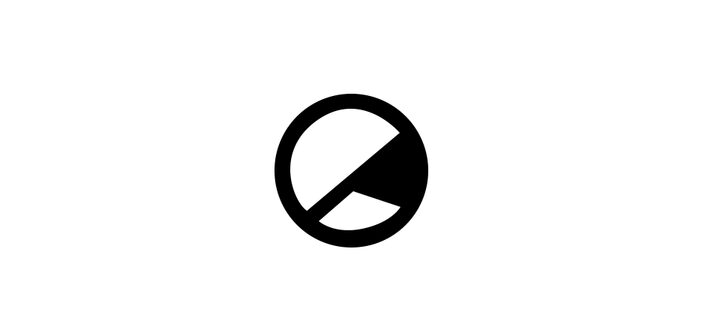Bob Geldof and Midge Ure are known for not only their musical talent but also for the way in which they utilised music – which Geldof called ‘the lingua franca of the planet’ – in order to force the world to pay attention to some of the humanitarian crises and atrocities going on in the world. Live Aid came not long after the 1984 collaborative hit ‘Do They Know It’s Christmas’ which, as with Live Aid, was organised by Geldof and Ure with the aim of raising awareness of the Ethiopian famine, which occurred a decade into the Ethiopian Civil War.
Although the cause of the famine is often attributed to droughts and climatic phenomena, humanitarian organisation Oxfam UK have argued that one of the chief causes of the famines – specifically the one between 1983-1985 – was actually created via government policies they called ‘counter-insurgence strategies’ against rebel factions like the Tigray People’s Liberation Front. Starvation was not only the consequence of climate issues and droughts – it was used as a weapon of war.
With an estimated 1.9 billion people watching the live broadcast, it’s evident that one of the major successes of Live Aid was bringing the devastating consequences of the Ethiopian civil war into the public eye with such ferocity, no world leader could ignore it; one aid relief worker argued that as a result of Live Aid, ‘humanitarian concern [was]now at the centre of foreign policy’ for these Western leaders. Geldof also asserted that Live Aid not only played an active role in helping the Ethiopian crisis, but that through its concept he had ‘created something permanent and self-sustaining’ when it comes to campaigning for humanitarian aid.
However, despite Live Aid’s undisputed outreach, the money raised for the Ethiopian famine reportedly didn’t get very far. The majority of money raised in aid of those affected by famine ended up in the hands of the leader of Ethiopia’s military government who, as we have seen, played a role in creating the famine in the first place. The money was siphoned off to purchase weaponry from the Soviet Union.
According to a 1986 expose by Spin, humanitarian organisations like Doctors Without Borders warned Geldof in advance of the Ethiopian government’s role in the war and the likelihood of where the money would go, but he deliberately ignored these warnings and pushed on with his original plans, claiming that he’ll ‘shake hands with the Devil on my left and on my right to get to the people we are meant to help.’
Did Geldof’s deal with the devil pay off? Ultimately, by refusing to acknowledge the idea that starvation could be used as a weapon of war, Live Aid perpetuated the toxic cycle of combat, inadvertently giving the Ethiopian dictatorship means to further their campaign of destruction.
Approximately 40% of the population tuned in to Live Aid, and it was a humbling example of people all over the world coming together for the greater good. Grave mistakes were made in its development, but I believe that provided we learn from them in the future, and focus on growing the positive aspects and outcomes of the project, another Live Aid might be exactly what we need right now – especially in a world that is both more connected and more divided than ever.



![Midge Ure on Legacy, Live Aid, and his upcoming ‘Catalogue’ tour: ‘The idea that there could be an [AI] Ultravox in 40/50 years from now is terrifying’](https://theedgesusu.co.uk/wp-content/uploads/2024/03/download-214x140.jpg)
